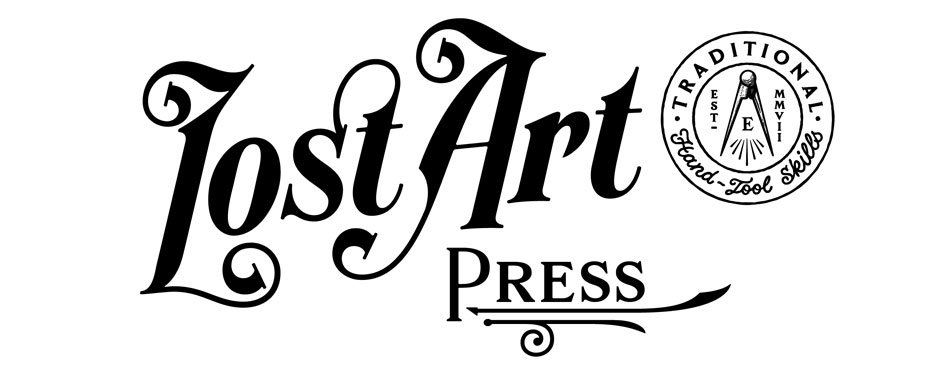
This is an excerpt from “Virtuoso: The Tool Cabinet and Workbench of Henry O. Studley” by Donald C. Williams, photographs by Narayan Nayar.
The Fan Frenzy Begins
In the late 1980s Peter installed a new chimney in his home, and, in doing what guys do on such a momentous occasion, invited a friend over to show off his newly completed project. This friend, an insurance agent, saw the tool cabinet, recognized its special-ness and encouraged Peter to insure it. This event, Peter said, “Opened a can of worms!”
Peter tried to figure out exactly what it was that he had and how much to insure it for, and so he turned to FineWoodworking, the Smithsonian and an antiques appraiser for answers. At FineWoodworking magazine, Senior Editor Sandor Nagyszalanczy took the call and carries the memories vividly.
In early 1988, Nagyszalanczy made arrangements to go visit it during another scouting trip to Maine. When he opened the chest, it was, and I am quoting him, “Jaw dropping to floor!” He set up to take the photographs that eventually entered directly into our collective consciousnesses via the back cover of that magazine.
At that moment, Peter’s life of stewardship of the tool cabinet changed forever. In an age before e-mail, the result of that single back-cover image – and the ensuing posters – was an onslaught of actual “fan mail” for the tool cabinet that overwhelmed him. He received so much mail that he rented a dedicated post office box just for the unsolicited correspondence being forwarded to him by FineWoodworking. Peter’s only regret from this period was that he did not save the fan mail.
The Smithsonian
One of the correspondents was the Smithsonian Institution’s National Museum of American History Curator David Shayt. While on vacation, Shayt visited Peter and they struck up a fast friendship based initially on their mutual interest in the tool collection, but it soon evolved to reflect the fact that both men were affable and genuinely good guys.
At the time, Peter had a dilemma. He owned a family heirloom that was also a monumental piece of Americana, and he was concerned about its security and preservation in a simple Maine farmhouse. Shayt proposed a temporary solution. What if Peter loaned the tool cabinet to the Smithsonian for a 10-year period, during which the Smithsonian would bear all the responsibility for it? Once again, Peter reached an agreement to foster the care and preservation of a genuine national treasure, a theme that has touched him throughout his life.
While at the Institution the cabinet was conserved and exhaustively documented, and included in a small vignette adjacent to the exhibit “Engines of Change:The American Industrial Revolution 1790-1860,” with several other tool chests and cabinets for various trades. Though the larger exhibit lasted almost 20 years (late 1986 to mid-2006), the Studley tool cabinet was included for perhaps only a third of that time, probably from about 1992-1999. No doubt seen by thousands of woodworkers there, the Internet has numerous accounts of woodworkers who were captivated by it. I spoke recently with one visitor, a woodworker, who recalls it “being displayed a long way back from the glass, and in the dark.”
During the time of the Smithsonian possession, the collection was photographed and documented, and underwent a thorough cleaning and some conservation treatment, as well as being included in the small exhibit. Meanwhile, the torrent of fan mail kept coming, becoming even more of an avalanche with the issuing of the poster, then a FineWoodworking article, a second edition of a poster and finally a third. The maelstrom of mail led Peter to reconsider his continued ownership of the collection.
And it was one of those letters that again changed the course of the Studley tool cabinet’s history.
— MB

















